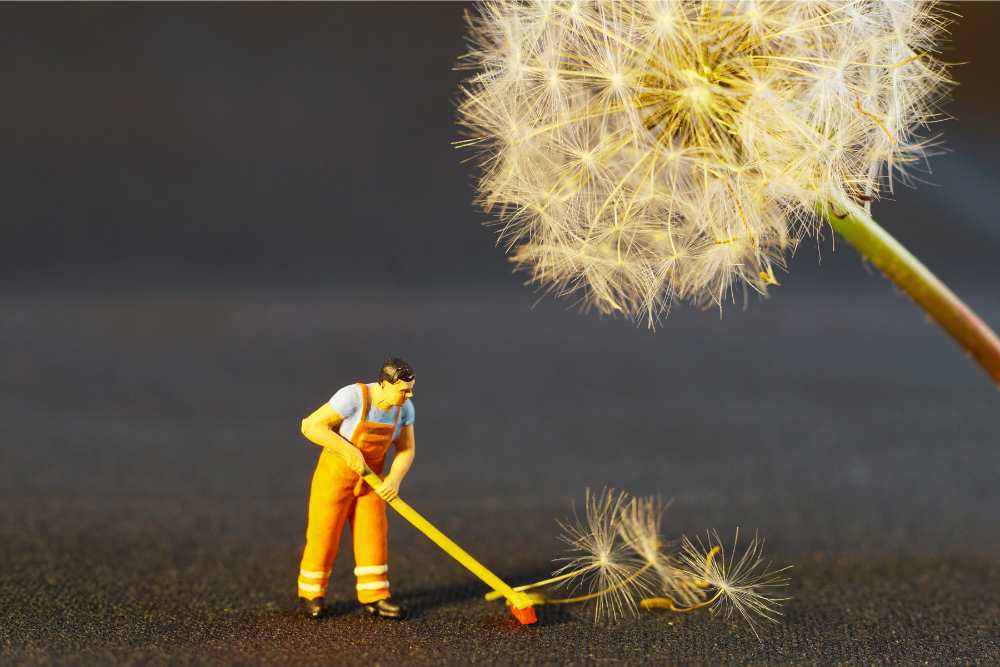
The Art of Miniatures: Exploring Fine Detailing with 3D Printing
Share
Creating intricate miniatures has always been an art form that relies on a steady hand and an eye for detail. But with the advent of 3D printing, this timeless craft is being revolutionized. The infinite possibilities of additive manufacturing have brought a new dimension to the art of miniatures, providing an opportunity for fine detailing like never before.
The Confluence of Art and Technology
In the world of miniatures, precision is key. Traditionally, artists have had to rely on their own steady hands and a toolkit of fine instruments. With 3D printing, artists are able to design their miniatures with meticulous accuracy down to a fraction of a millimeter. This precision extends to the finest features and nuances, something unachievable by even the most skilled traditional artisans.
3D printing, particularly when utilizing advanced techniques such as Stereolithography (SLA) and Digital Light Processing (DLP), has revolutionized the miniature industry. By using UV lasers or projectors, these printers can harden a liquid resin layer by layer, creating a finished product with incredible detail.
The Promise of Additive Manufacturing
What truly sets 3D printing apart in the world of miniatures is its repeatability and scalability. The same design can be produced ad infinitum with no loss of detail or precision. This allows for mass production of miniatures without the need for expensive molds or painstaking handcrafting.
Moreover, additive manufacturing promotes rapid prototyping. The ability to iterate quickly, adjust designs on-the-fly and produce accurate prototypes at a swift pace is one of the standout benefits of employing 3D printing in miniature making.
Ensuring Quality with 3D Printing
In our earlier discussion on "Quality Assurance in Additive Manufacturing: Ensuring Reliability - QA/QC", we highlighted the importance of rigorous quality checks in 3D printing. The same holds true for miniature production.
Ensuring a flawless final product necessitates a comprehensive understanding of the machine settings and materials used. Parameters such as exposure times, resin composition, and layer thickness can significantly impact the quality and detail of the final product. For this reason, it’s crucial to apply rigorous quality assurance and control measures throughout the manufacturing process.
The Art of 3D Printed Miniatures
At the intersection of art, craft, and technology, 3D printed miniatures stand as testaments to the progress of additive manufacturing. They underscore the potential of 3D printing technology not just as a tool for mass production, but as a vehicle for creative expression and artistry.
The level of detail and precision achieved with 3D printing techniques is truly transformative, pushing the boundaries of what's possible in the realm of miniature art. With the right expertise, quality assurance, and a deep understanding of the additive manufacturing process, the potential for creativity is virtually limitless.
In conclusion, the marriage of the art of miniatures with the fine detailing capabilities of 3D printing opens up a world of possibilities for both artists and manufacturers alike. As the technology continues to advance and become even more accessible, it will undoubtedly continue to inspire and revolutionize the world of miniature art.
